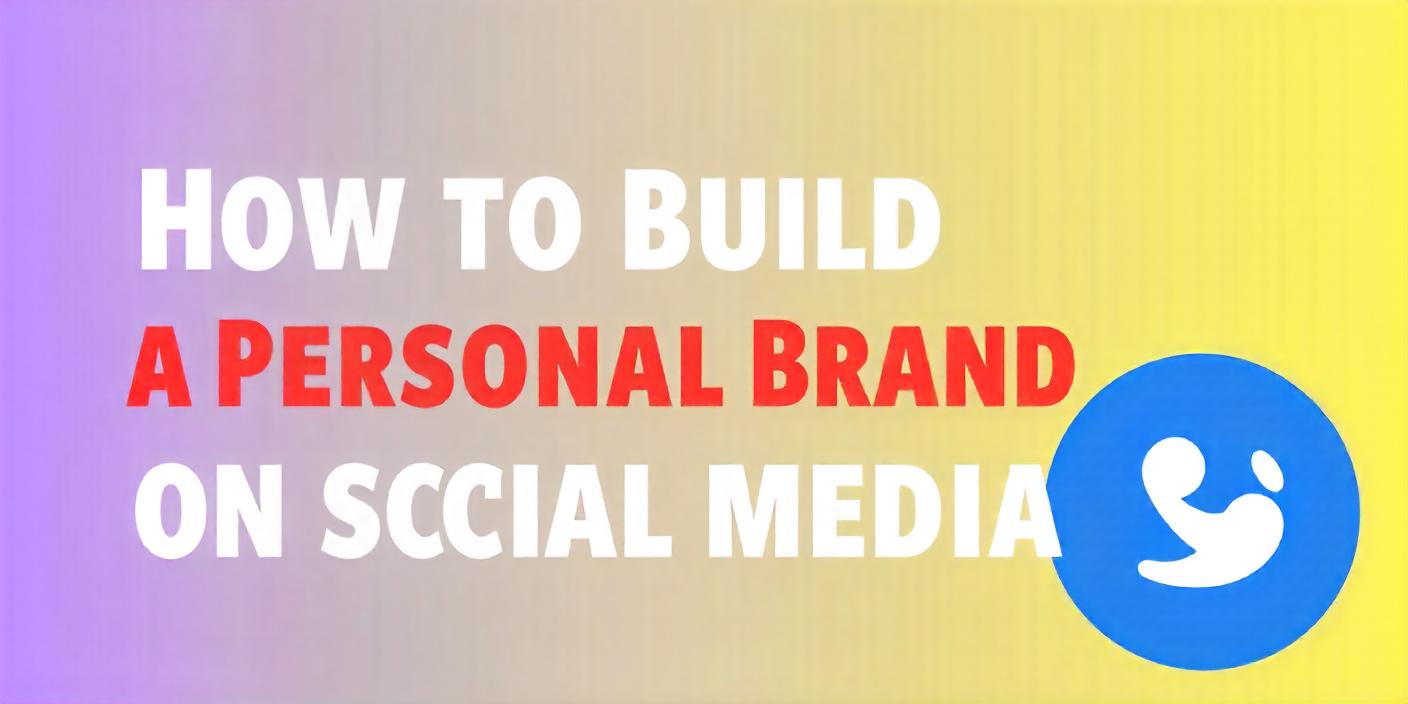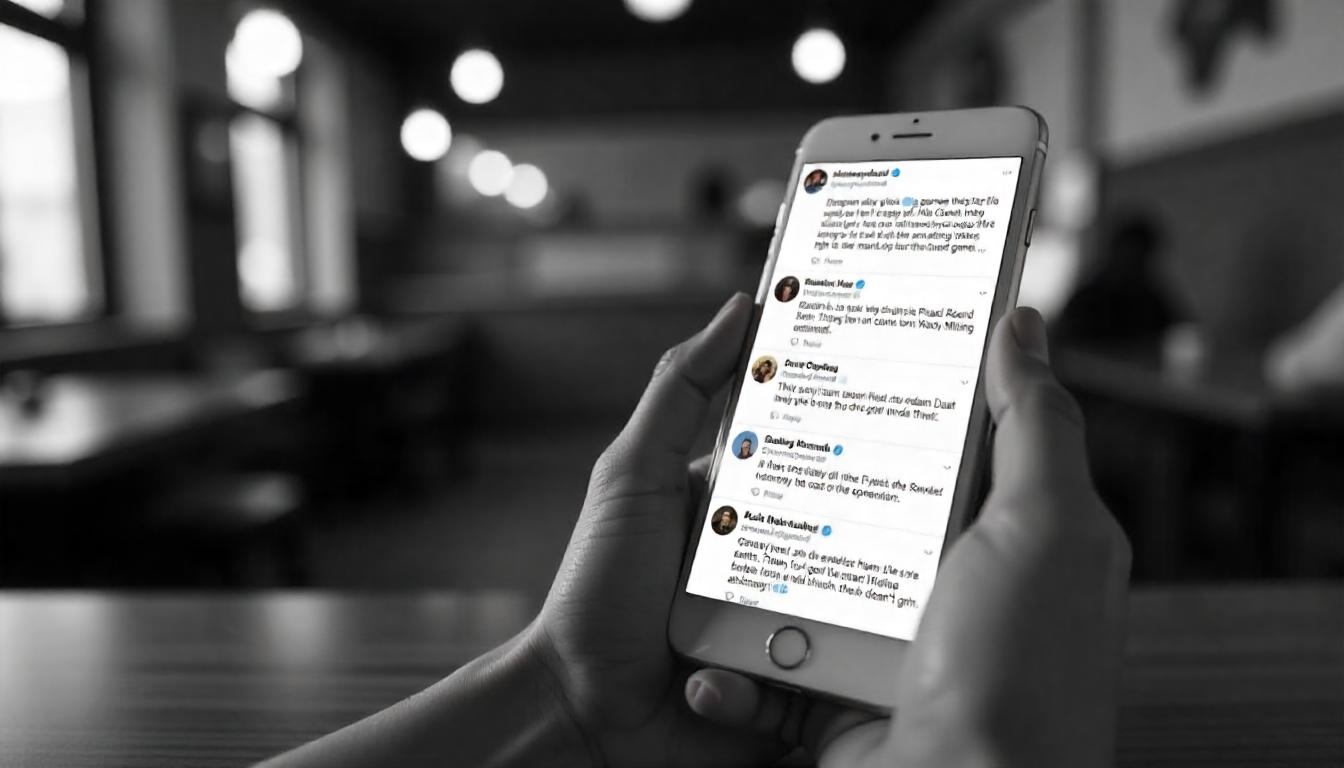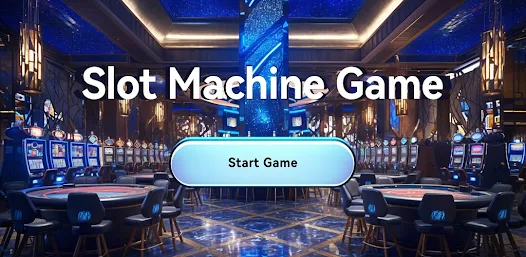In today’s digital world, personal branding is more important than ever. Whether you are an entrepreneur, content creator, freelancer, or professional, having a strong presence on social media can help you stand out, attract opportunities, and establish credibility in your field. However, building a successful personal brand requires strategy, consistency, and authenticity. This guide will cover how to create a unique identity, choose the best platforms for different types of influencers, and avoid common mistakes when building a brand.
Creating a Unique Identity and Attracting Followers
A strong personal brand starts with a clear identity and a well-defined message. Your brand should reflect who you are, what you stand for, and how you want to be perceived by your audience. To create a compelling brand identity, follow these steps.
Define Your Niche
Identify your area of expertise or passion. A well-defined niche will help you attract the right audience and establish yourself as an authority. Consider what topics interest you the most, what skills you have, and what unique perspective you can bring to the conversation.
Develop a Personal Brand Statement
A personal brand statement is a concise summary of what you do and why it matters. This statement should clearly communicate your mission and value proposition. For example, if you are a fitness coach, your brand statement could be, “Helping busy professionals achieve their health goals through simple and effective workout routines.”
Create a Consistent Visual Identity
Visual branding plays a significant role in making your social media presence recognizable. This includes your profile picture, cover photo, color scheme, fonts, and overall aesthetic. Using a cohesive visual style across all platforms helps establish brand recognition.
Craft an Authentic and Engaging Bio
Your bio is often the first thing people see when they visit your profile. It should be clear, engaging, and reflective of your personal brand. Include a short description of what you do, a call-to-action, and relevant links to your website or other platforms.
Develop a Content Strategy
Consistency is key when building a personal brand. Your content should provide value to your audience and align with your brand identity. Consider the following types of content to engage your followers:
- Educational Content: Share insights, tips, and advice related to your niche.
- Inspirational Content: Tell your personal story, share motivational quotes, and showcase your journey.
- Behind-the-Scenes Content: Give followers a glimpse into your daily life, work process, or personal experiences.
- Interactive Content: Engage your audience with polls, Q&A sessions, and challenges.
- Trending Topics: Stay updated on industry trends and share your thoughts on current events related to your niche.
Engage With Your Audience
Building a personal brand is not just about posting content; it is also about building relationships. Respond to comments, engage in conversations, and show appreciation to your followers. Actively interacting with your audience helps create a loyal community.
The Best Platforms for Different Types of Influencers
Not all social media platforms serve the same purpose, and the best platform for you depends on your niche, content style, and target audience. Here is a breakdown of the best platforms for different types of influencers.
Instagram
Best for: Visual content creators, lifestyle influencers, fitness coaches, travel bloggers, fashion and beauty experts.
Why: Instagram is a visually driven platform ideal for sharing high-quality images, reels, and stories. It is great for building a personal brand through curated aesthetics and engaging storytelling.
YouTube
Best for: Educators, tech reviewers, fitness trainers, vloggers, and entertainers.
Why: YouTube is the top platform for long-form video content. It is ideal for building an audience through in-depth tutorials, reviews, personal vlogs, and storytelling.
TikTok
Best for: Entertainers, comedians, musicians, and those who create short, engaging content.
Why: TikTok’s algorithm favors viral content and makes it easier for new creators to gain exposure. It is perfect for those who can produce short, attention-grabbing videos.
LinkedIn
Best for: Entrepreneurs, career coaches, business professionals, and industry experts.
Why: LinkedIn is the best platform for networking, sharing professional insights, and positioning yourself as a thought leader in your industry.
Twitter (X)
Best for: Journalists, writers, marketers, and industry experts.
Why: Twitter is great for real-time updates, discussions, and thought leadership. It allows you to engage with trending topics and connect with industry professionals.
Facebook
Best for: Community builders, coaches, and businesses with an established audience.
Why: Facebook is useful for creating groups, engaging with niche communities, and building long-term relationships with followers.
Pinterest
Best for: Creatives, DIY enthusiasts, artists, and bloggers.
Why: Pinterest is a visual discovery platform that helps creators share inspiration, tutorials, and blog content.
Mistakes to Avoid When Building a Personal Brand
Building a personal brand takes time and effort, but certain mistakes can slow your progress or damage your reputation. Here are some common pitfalls to avoid.
Lack of Consistency
One of the biggest mistakes is posting sporadically or switching between different styles, tones, or topics. Consistency in content, branding, and messaging is essential for building a recognizable identity.
Focusing Too Much on Follower Count
Many people get discouraged when they do not gain followers quickly. However, personal branding is about building meaningful connections rather than chasing numbers. Focus on creating valuable content and engaging with your audience rather than obsessing over metrics.
Not Defining a Clear Niche
Trying to appeal to everyone often results in an unclear brand identity. If your content is too broad or inconsistent, it will be difficult for your audience to understand what you stand for. Clearly defining your niche will help you attract the right audience.
Ignoring Engagement and Community Building
Social media is about interaction. Failing to respond to comments, messages, and questions can make you seem unapproachable. Actively engaging with your audience helps foster trust and loyalty.
Not Leveraging Multiple Content Formats
Sticking to only one type of content, such as static posts, can limit your reach. Mixing different content formats such as videos, reels, live sessions, and carousels can keep your audience engaged and expand your visibility.
Over-Promoting Without Providing Value
Constantly promoting products, services, or personal achievements without providing value can drive followers away. Aim for a balance between self-promotion and content that educates, entertains, or inspires your audience.
Failing to Optimize Profiles and Bios
Your social media profiles are the first impression people get of your brand. Not optimizing your bio, profile picture, and contact information can make it harder for people to understand who you are and what you offer.
Neglecting Analytics and Insights
Not paying attention to analytics can prevent you from understanding what content resonates with your audience. Regularly reviewing metrics such as engagement rate, reach, and follower demographics can help you refine your strategy and improve results.
Final Thoughts on Building a Personal Brand
Building a personal brand on social media requires strategy, consistency, and authenticity. By defining a clear niche, crafting engaging content, and actively engaging with your audience, you can establish yourself as a thought leader or influencer in your field. Choosing the right platforms based on your strengths and industry will also help you maximize your reach.
Avoiding common mistakes such as inconsistency, ignoring engagement, and over-promoting will ensure that your brand remains authentic and valuable to your audience. While building a personal brand takes time, staying patient, adaptable, and true to your mission will lead to long-term success.






Leave a Reply